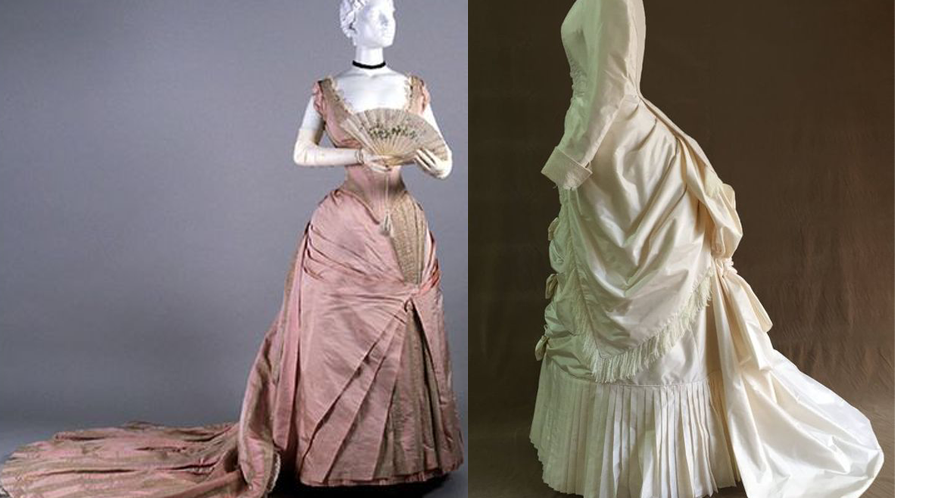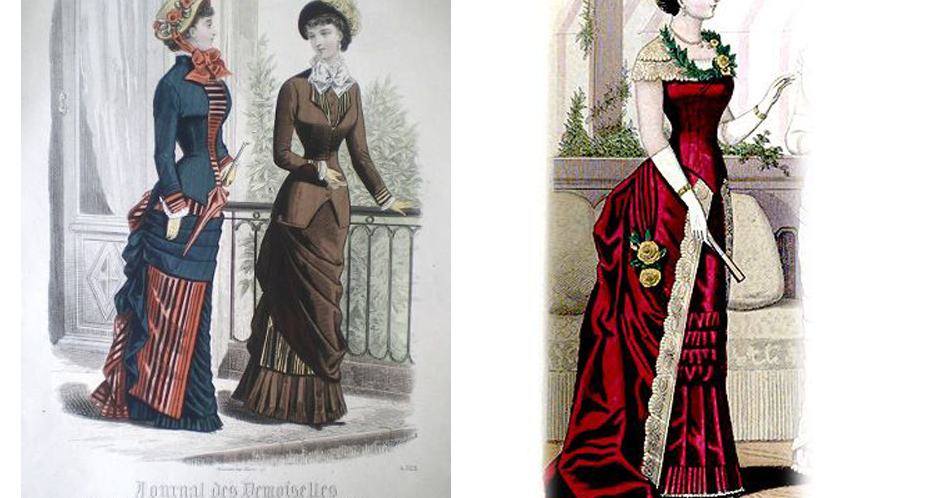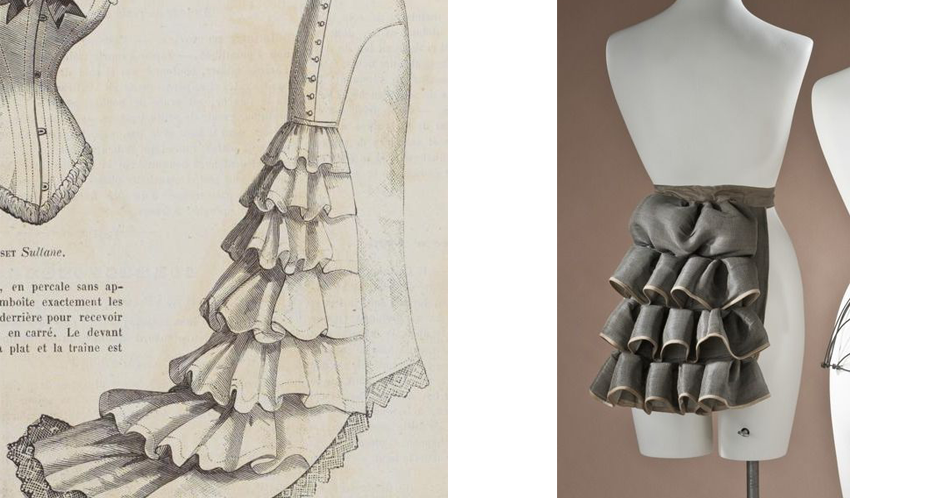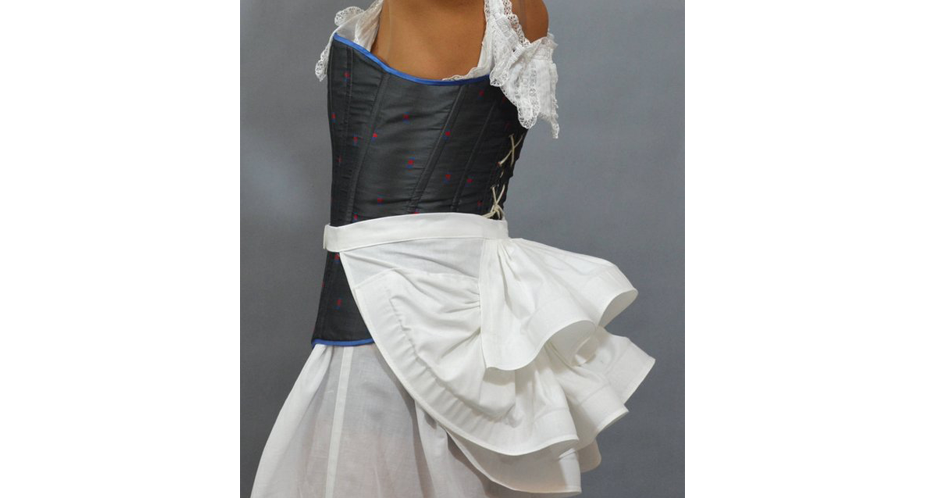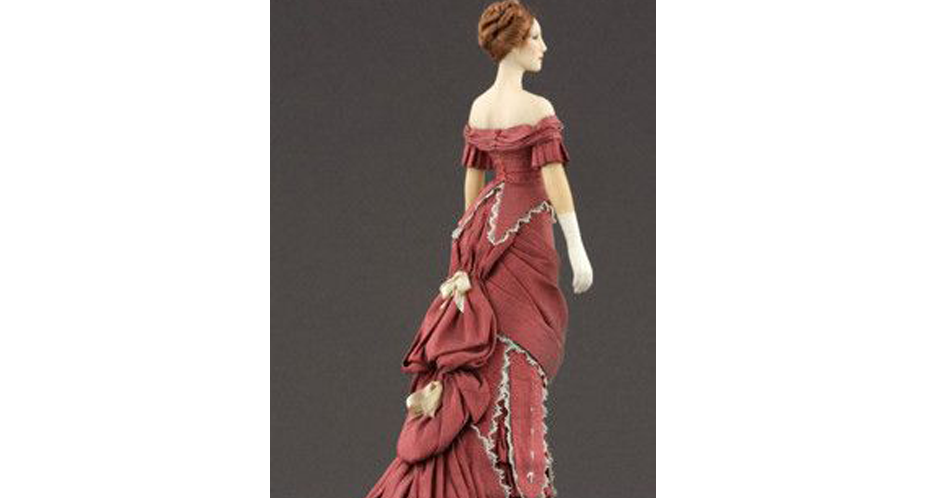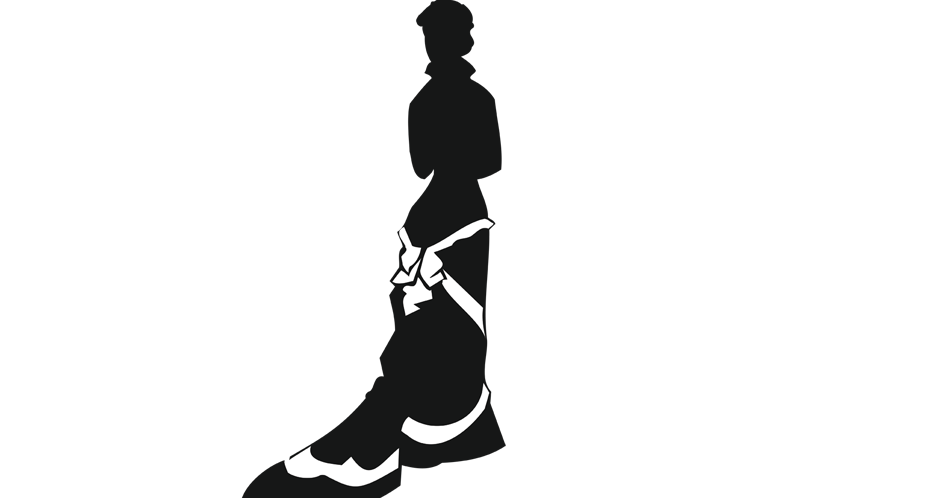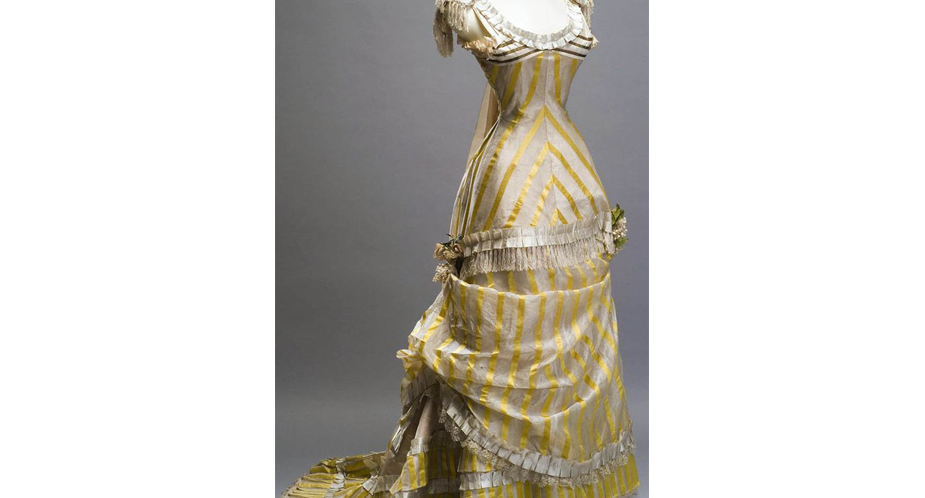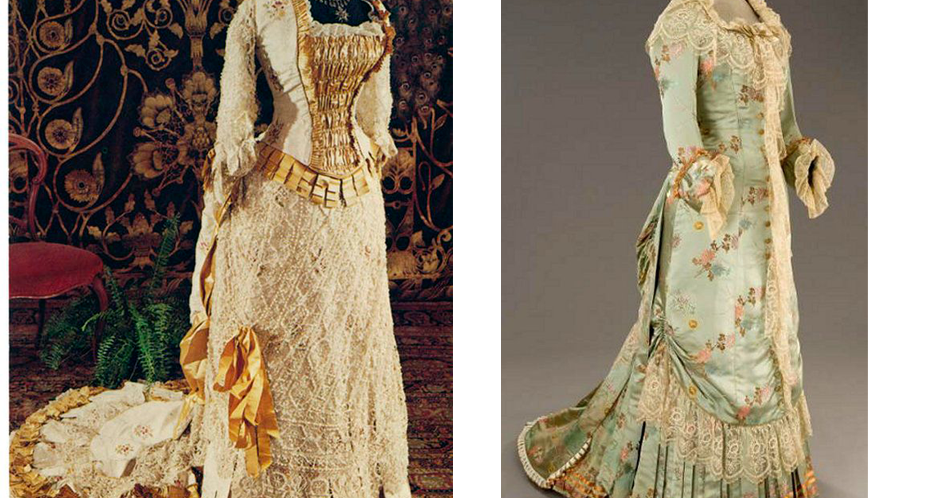.. new Princess line and the Cuirasse bodice combined, was a sleek and slim look and required professional dressmaking skills to get a flattering fit. When done well and fit correctly it was gorgeous, but most women just had swaths of fabric wrapped and arranged across the garment to hide …
